There can be your advertisement
300x150
5 Most Recognizable Buildings in Moscow: From Imperial Mysteries to Architectural Revolutions
Classic architecture that makes Moscow so recognizable
Moscow is a city of contrasts, where ancient Kremlin walls stand next to futuristic skyscrapers, and every iconic building holds its own secrets. Over eight centuries of history, the capital has grown into a collection of architectural legends that are sometimes more surprising than any fiction.
We have selected five most recognizable buildings in Moscow — those instantly associated with the capital and serving as its business cards. Each has a documented history full of dramatic turns and unexpected facts.
Basil's Cathedral: Rainbow Mystery on Red Square
The Church of St. Basil the Blessed, officially known as the Cathedral of the Intercession of the Most Holy Theotokos on the Moat, remains an architectural mystery without equal in Russia.
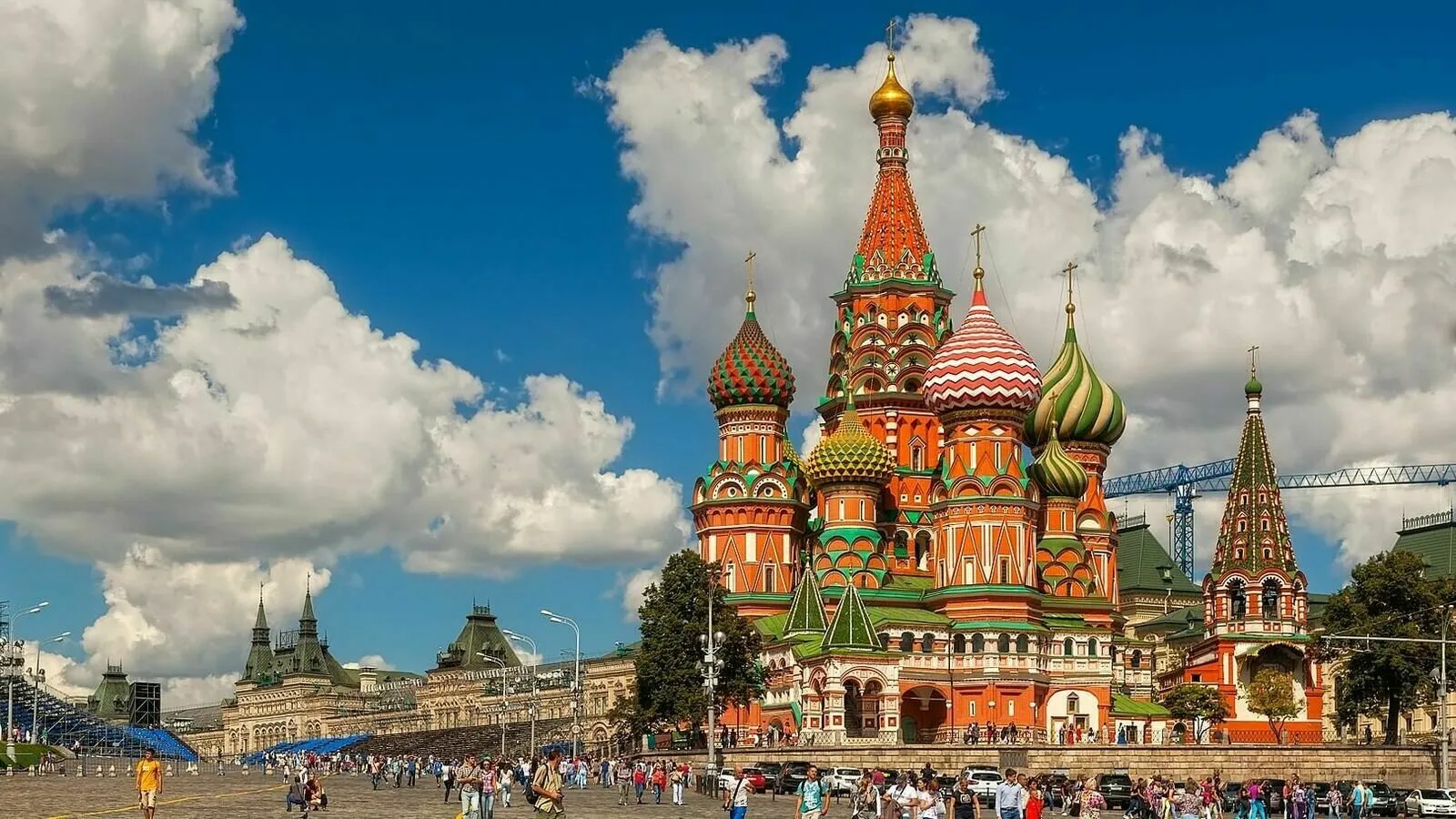 Church of St. Basil the Blessed. 1555–1561. Photo: Anton Zelenov / commons.wikimedia / CC BY-SA 3.0
Church of St. Basil the Blessed. 1555–1561. Photo: Anton Zelenov / commons.wikimedia / CC BY-SA 3.0Birth from Victory
In 1552, on the day of the Intercession of the Most Holy Theotokos, Ivan the Terrible's armies captured Kazan. According to chronicles, the tsar vowed to build a church in honor of this victory. Construction began in 1555 and was completed in 1561.
Architects Barma and Postnik created a unique ensemble: nine churches on a single foundation, eight of which are dedicated to saints whose feast days coincided with important events during the Kazan campaign. The central church is dedicated to the Intercession of the Most Holy Theotokos.
Broken Legend
The Cathedral of the Intercession symbolizes Heavenly Jerusalem. The number eight (eight churches surrounding the central one) represents the day of Christ's Resurrection. However, the meaning behind the color scheme of the domes remains a mystery for researchers.
The Mystery of Architectural Design
The Cathedral of the Intercession symbolizes Heavenly Jerusalem. The number eight (eight churches surrounding the central one) represents the day of Christ's Resurrection. However, the meaning behind the color scheme of the domes remains a mystery for researchers.
Tests Through Time
In 1812, the French looted the cathedral and planned to blow it up during their retreat. The explosion did not happen — according to various versions, either the weather or Russian sappers managed to neutralize the charges. After the war, the cathedral was quickly restored.
 Photo: Shutterstock
Photo: ShutterstockMoscow Kremlin: Fortress That Became a Symbol of Power
The Moscow Kremlin is a unique architectural ensemble that has formed over centuries. Its modern appearance was established in the late 15th to early 16th century.
 Moscow Kremlin. Photo: Shutterstock
Moscow Kremlin. Photo: ShutterstockItalian Renaissance in Moscow
The red brick walls and towers were built by Italian masters. Antonio Solari constructed the Spasskaya Tower, Pietro Antonio built other towers, while Aristotle Fioravanti created the Assumption Cathedral and Alevis Novy built the Archangel Michael Cathedral. The Italians brought cutting-edge technologies of their time to Moscow.
Spasskaya Tower and the Clocks
The modern clocks were installed in 1851–1852 and weigh around 25 tons. The mechanism occupies three floors of the tower. The chimes can be heard every 15 minutes, and at midnight, the whole country checks time by them.
In the Spasskaya Tower, there is indeed an icon of the Savior Not Made by Hands — according to tradition, men removed their headwear when passing through the gates.
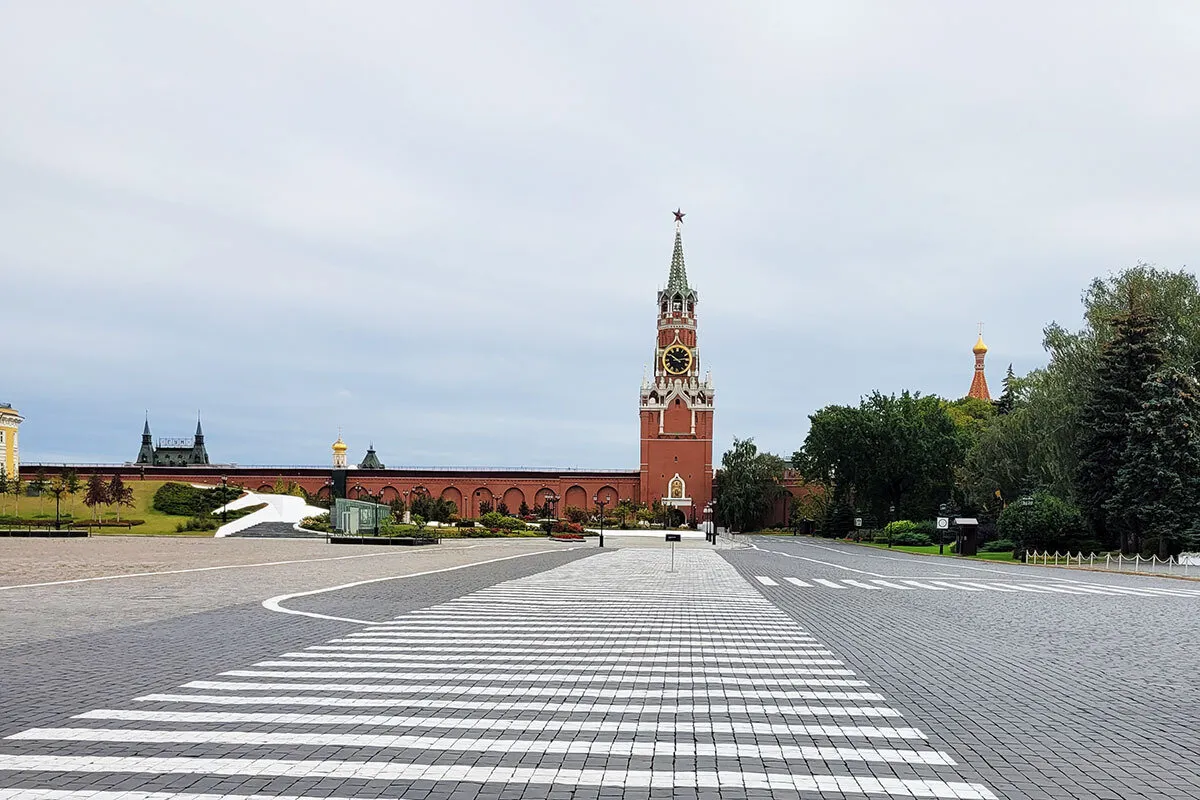 Photo: Personal archive of Tatiana Sukhova
Photo: Personal archive of Tatiana Sukhovatreasures of the Armoury Chamber
The Armoury Chamber holds one of the world’s richest collections: the crown of Monomakh, Ivan the Terrible's throne, Fabergé eggs, and a collection of carriages. Many exhibits are not displayed due to lack of space.
The Modern Fortress
The Kremlin continues to serve as the official residence of the President of Russia. Working offices are located in the Senate Palace, built by Matvey Kazakov in the 18th century.
Hotel Metropol: Masterpiece of Modernism in Central Moscow
Hotel Metropol is one of the finest examples of Moscow modernism, created in the early 20th century by a collective of outstanding masters.
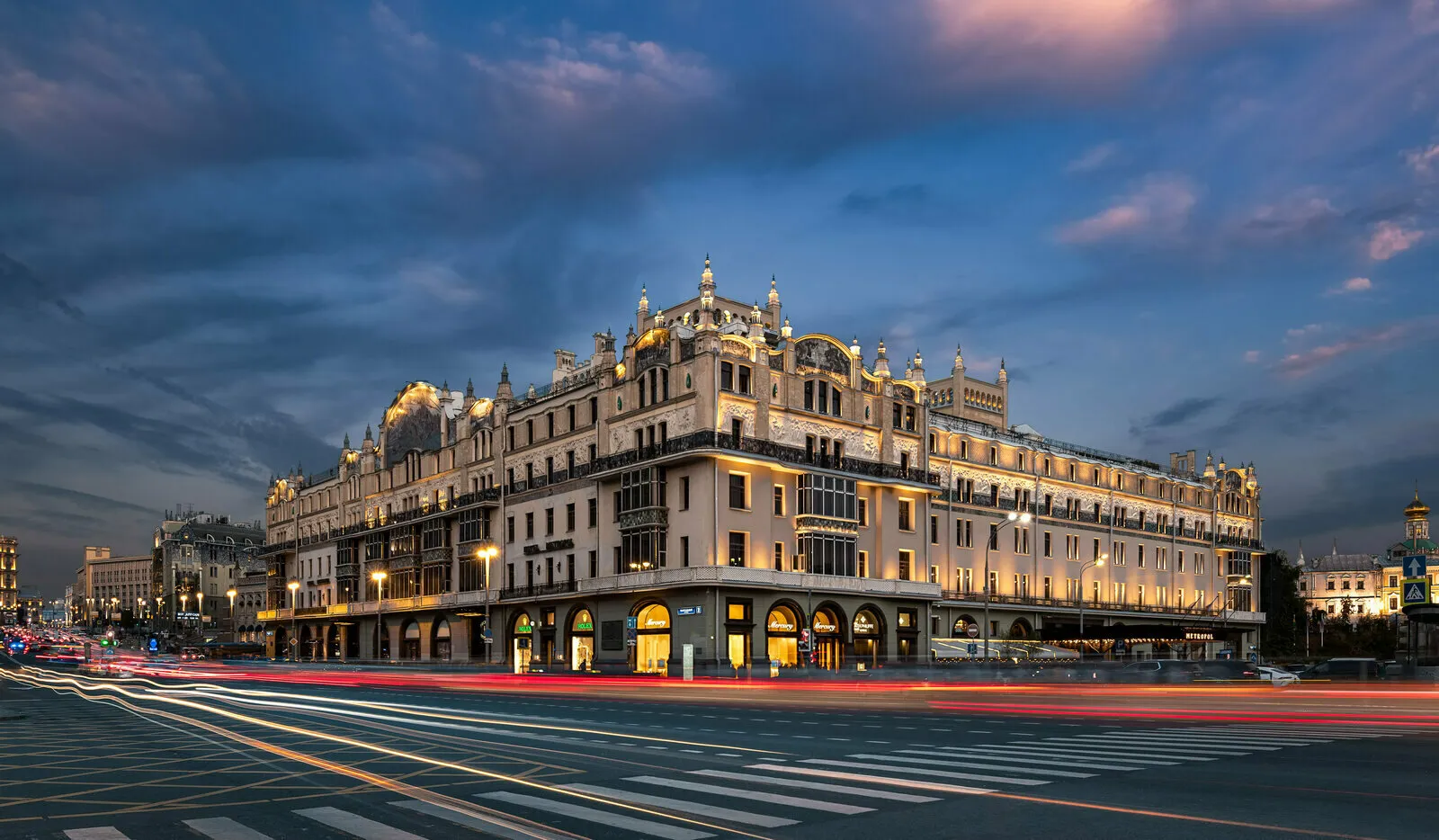 Authorship: Ivsergal. Own work, CC BY-SA 4.0
Authorship: Ivsergal. Own work, CC BY-SA 4.0The Vision of a Patron
Sava Mamontov, owner of the Abramtsevo estate and patron of the arts, envisioned creating a European-level hotel. The project attracted architect Wilhelm Valcot and top artists: Mikhail Vrubel, Konstantin Korovin, Alexander Golovin.
Vrubel's Maiolica Panel
The main decoration of the facade is a maiolica panel titled "Princess of Dreams," designed by Vrubel. The panel was made in Abramtsevo artistic workshops. It is one of the largest ceramic panels in Europe.
Witness to Eras
Over the years, notable figures like George Bernard Shaw, H.G. Wells, and Henri Barbu stayed at the Metropol. After the revolution, it housed various state institutions, including quarters for some party leaders.
Architectural Features
The building was constructed using the most advanced technologies of its time: metal frame, elevators, electricity, phone in rooms. For the early 20th century, this was revolutionary.
Main Building of Lomonosov Moscow State University: Stalinist Skyscraper on Sparrow Hills
Lomonosov Moscow State University is the tallest of the seven Stalinist skyscrapers and one of the symbols of Soviet architecture.
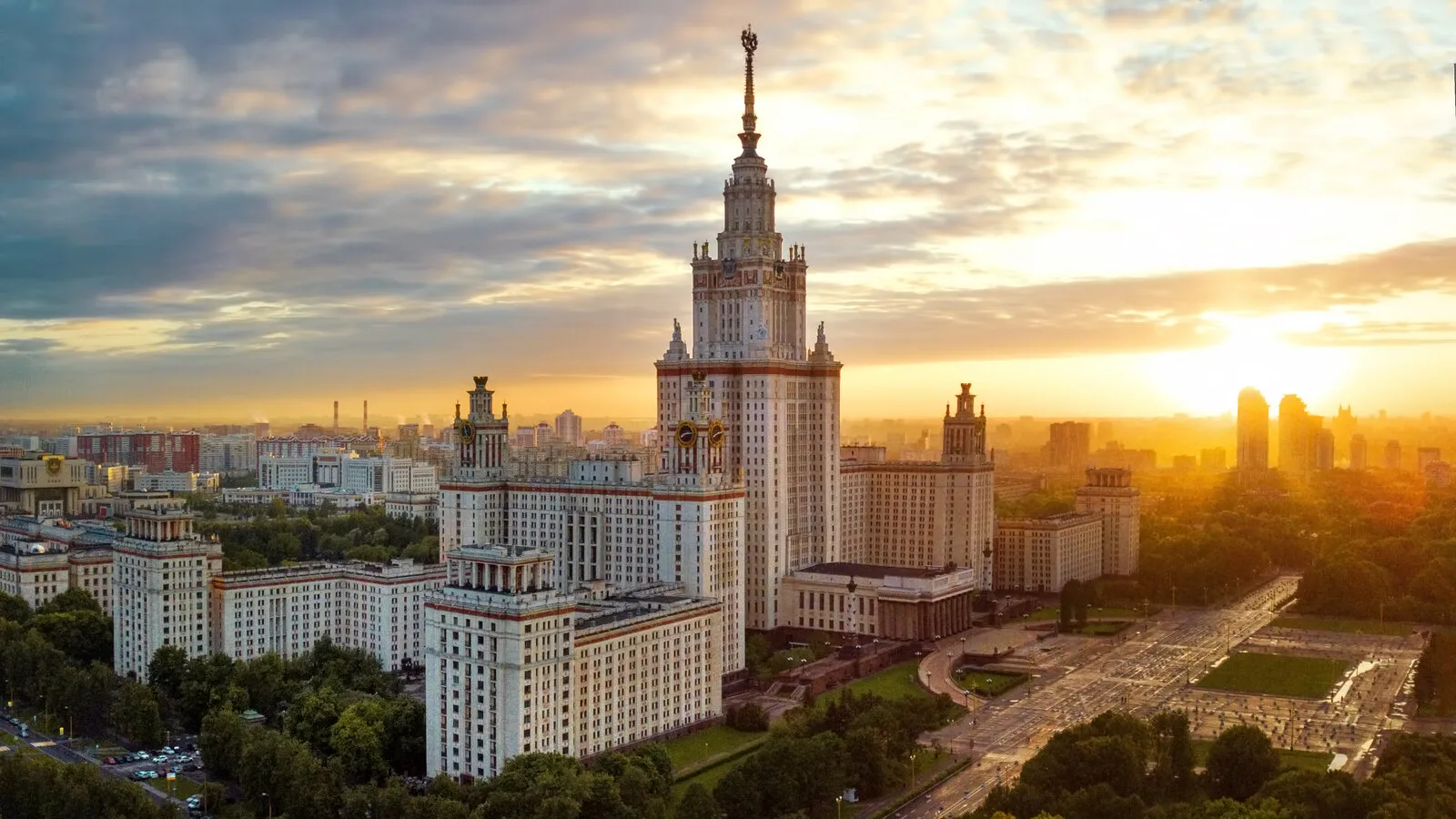 Authorship: Alexmartyn85. Own work, CC BY-SA 4.0
Authorship: Alexmartyn85. Own work, CC BY-SA 4.0Main building of Moscow State University. May. Quiet spring sunset
Architectural Record
The building is 240 meters high and has 36 floors. It was the tallest structure in Europe until the 1990s. Construction took place from 1949 to 1953 under the leadership of architects Lev Rudnev, Sergey Chernyshov, and others.
Construction Features
More than 400 architects and engineers worked on the project. The building was made from special ceramic brick and natural stone. Decorative materials included valuable woods and stones from various regions of the USSR.
Symbol of Science
The building houses not only classrooms but also student and faculty dormitories, a museum, and a library. At the time of its construction, it was essentially a whole city within a city.
Recognizable Silhouette
The Moscow State University building has become one of the most recognizable symbols of Moscow. Its silhouette can be seen in films, postcards, and advertisements. The university is listed among cultural heritage sites.
Mansion of Arseny Morozov: Eclectic Palace on Vozdvizhenka Street
The Morozov Mansion is one of the most vibrant examples of Moscow's architectural eclecticism, combining elements from different styles and periods.
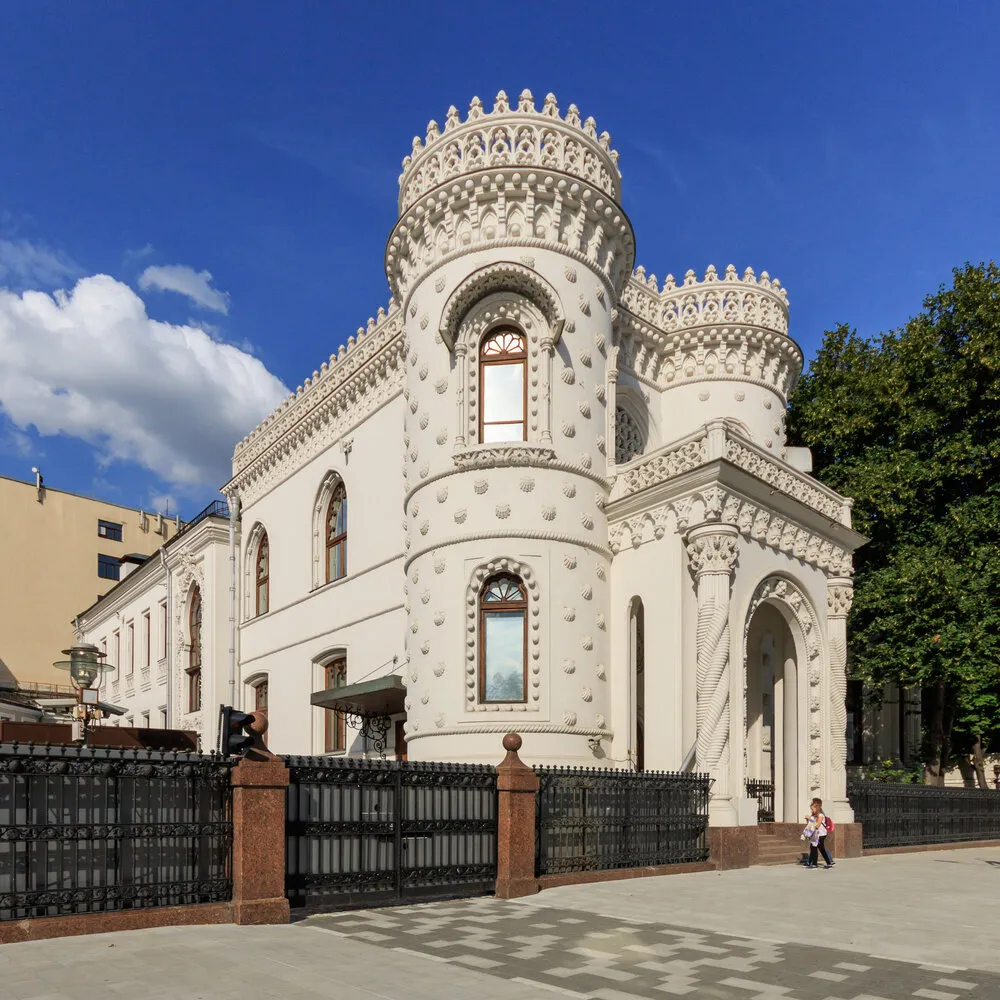 Authorship: A.Savin. Own work, FAL
Authorship: A.Savin. Own work, FALThe Main Entrance Facing Vozdvizhenka Street
Construction History
Arseny Morozov, a member of the famous merchant dynasty, commissioned architect Viktor Mazyrin to design the mansion in 1895–1899. Morozov traveled extensively through Europe and wanted to incorporate elements of Moorish architecture into Moscow.
Architectural Eclecticism
The building combines neomoorish style, elements of modernism, gothic, and baroque. The facade is adorned with complex decoration, including Eastern ornaments, coats of arms, and sculptural elements. Many decorative details were designed based on sketches by Morozov himself.
Contemporary Reaction
The mansion received mixed reactions from Moscow residents. It was called an “architectural curiosity” and criticized for not fitting the surrounding urban environment. The building indeed stood out strongly against the classical architecture of Vozdvizhenka Street.
Modern Use
After the revolution, various institutions were housed in the mansion, including embassies. Today, the building belongs to Russia's Ministry of Foreign Affairs and is used for official receptions. Interiors have been partially preserved in their original design.
Architectural Heritage of the Capital
These five buildings represent different eras of Moscow architecture: ancient Russian architecture, Italian Renaissance, early 20th-century modernism, Stalinist empire style, and 19th-century eclecticism. Each has become more than just an architectural monument—it is a symbol of its time.
Moscow continues to grow and evolve. New architectural landmarks are emerging — the business center Moscow City, the Zarядье Park, and modern residential complexes. However, these five buildings remain classics defining the architectural identity of Moscow and its global recognizability.
 Photo: freepik.com
Photo: freepik.comCover: Authorship Alexmartyn85. Own work, CC BY-SA 4.0
More articles:
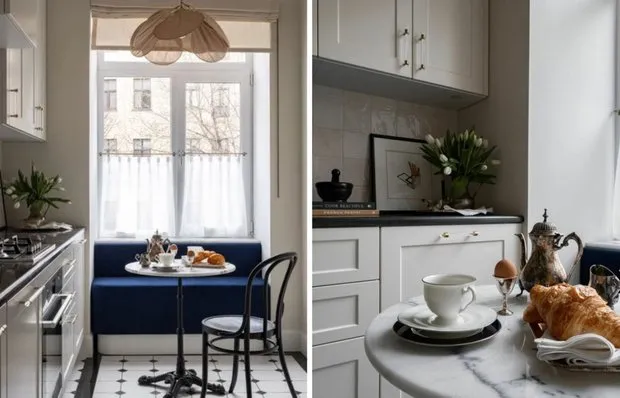 How They Beautifully Designed an 8 m² Kitchen in a Stalin-era Apartment
How They Beautifully Designed an 8 m² Kitchen in a Stalin-era Apartment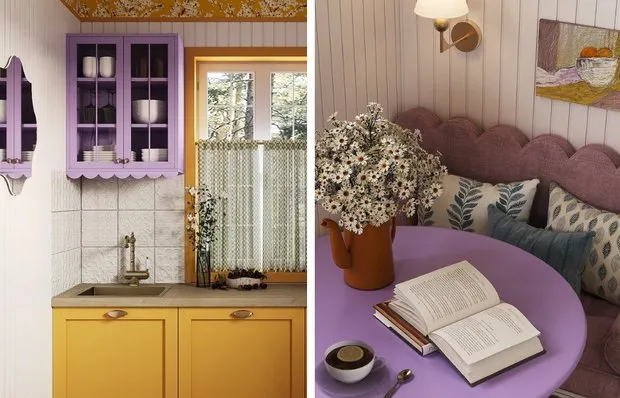 How We Designed a 7 m² Kitchen to Look Spacious and Reminiscent of a Café in Southern France
How We Designed a 7 m² Kitchen to Look Spacious and Reminiscent of a Café in Southern France Bright Mini Bathroom 2 m² with Vacation Vibe
Bright Mini Bathroom 2 m² with Vacation Vibe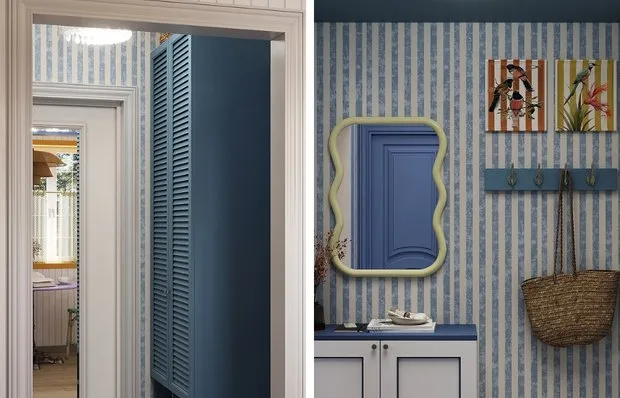 House Face: How They Decorated a 2 m² Mini Entryway with Mediterranean Atmosphere
House Face: How They Decorated a 2 m² Mini Entryway with Mediterranean Atmosphere 7 Ideas We Spotted at a 24 m² Mini-Cottage with a Unique Interior
7 Ideas We Spotted at a 24 m² Mini-Cottage with a Unique Interior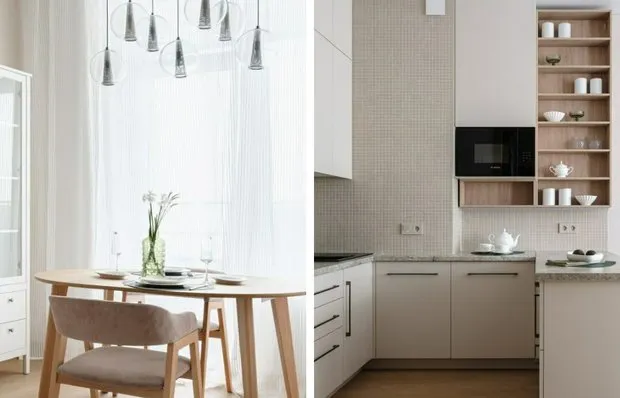 Island and Accent Display: How We Designed a Cozy Kitchen for Mom
Island and Accent Display: How We Designed a Cozy Kitchen for Mom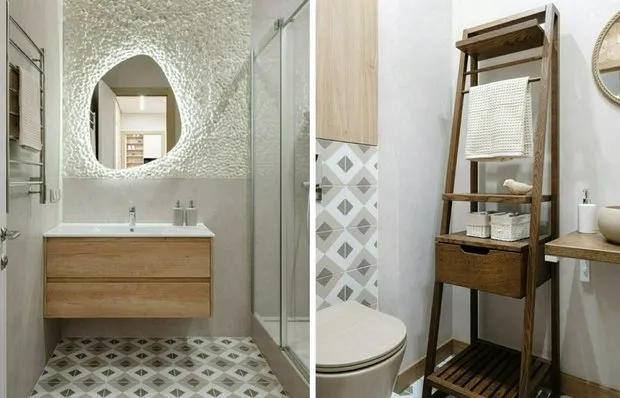 How Two Bathrooms Were Designed in One Style in a Small Euro-Style Apartment
How Two Bathrooms Were Designed in One Style in a Small Euro-Style Apartment 7 Tips for a Cozy Euro-Style Apartment of 63 m² That You Should Replicate
7 Tips for a Cozy Euro-Style Apartment of 63 m² That You Should Replicate